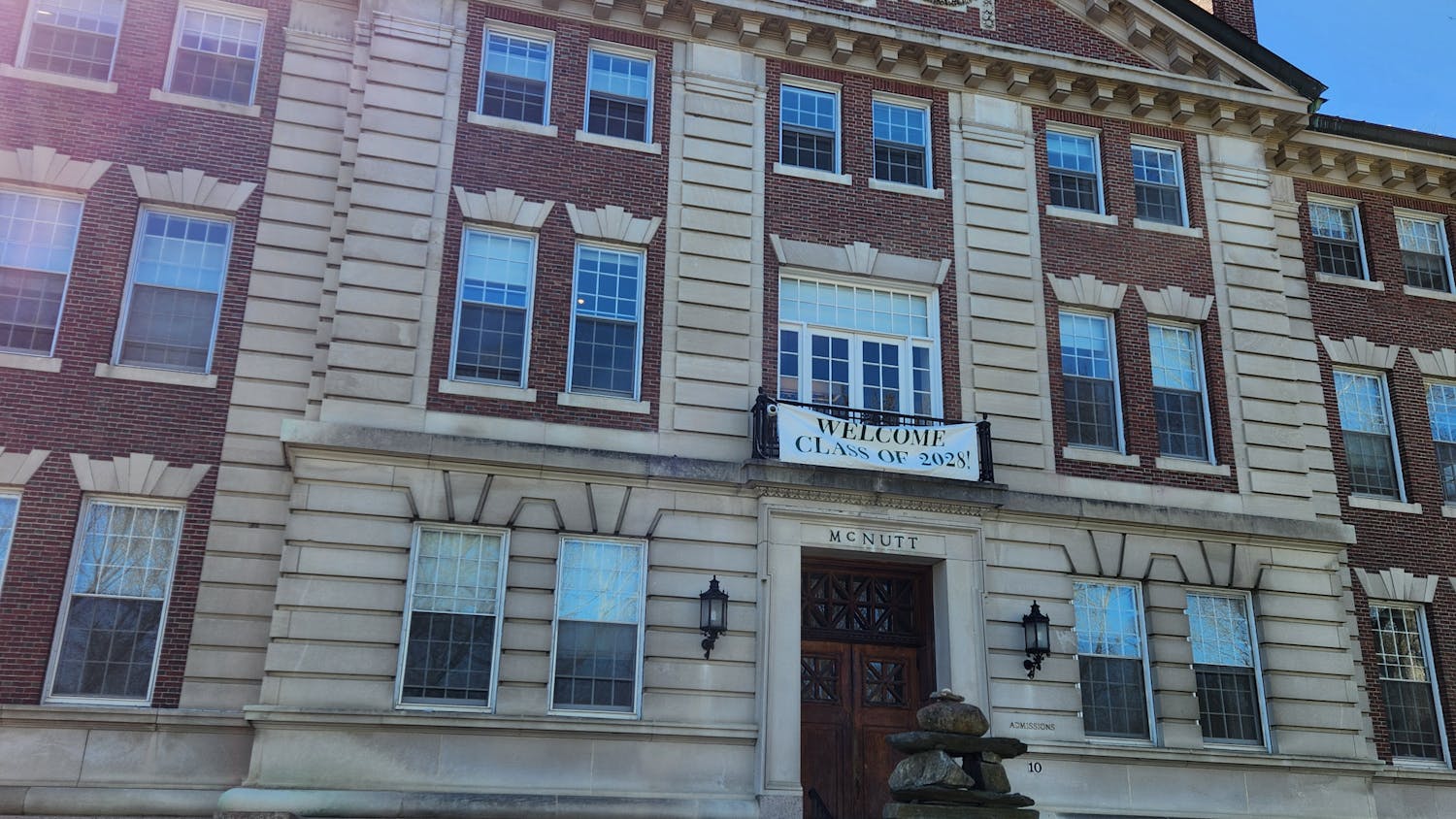ABSTRACT: The purpose of this research is to further develop the theory of the origins of relative time, which can be synthesized from absolute time. It is thought that relative time and fun have an inverse relationship, and the experimental results are consistent with this hypothesis. The study was unable to identify the physical structure of the substance that causes this relationship.
A sample of relative time is synthesized by catalytic dehydration of absolute time. This is an acid-base reaction. Product remains aqueous in solution; this is extracted and purified by distillation. Crude relative time is then precipitated from solution by recrystallization. Final product quality is crystalline in structure. Surface is white and cloudy in appearance. Crude mass collected is 186.15 days. This is a 68 percent yield. Product loss may be due to absolute material participating in side reactions toward the generation of byproduct fun. This occurs if the system is subjected to temperatures higher than room temperature. Other experiments being performed simultaneously in the vicinity may have interfered with controlled reaction conditions.
This experiment aimed to further analyze the physical origins of relative time. Reaction location was a college campus in a small town of New Hampshire, in the United States. The absolute time reacted was a period of 273.75 days, equal to 9 months, equal to one full academic year.
Levels of relative time are known to vary inversely with levels of the byproduct fun, TR~ f, TR = relative time, f = fun. Experimental results above agree. Though there is extensive experimental support for this claim, however, proper physical explanation of the underlying mechanism remains unidentified. The reaction is one difficult to slow for proper observation. The materials together in solution are volatile and difficult to isolate. The synthesis of relative time from absolute time is one particularly sensitive to reaction conditions and environment: there is potential for many confounding factors. It is a reversible reaction, and therefore, often the two materials exist in solution in equilibrium.
A rearrangement in structure occurs during the conversion of one material of time to the other. This rearrangement, however, cannot be explained by any conventional thermodynamic or kinetic pattern. No scientific literature to date has been able to identify what makes this rearrangement favorable, nor why this reaction, therefore, does occur.
Absolute time exists as a satisfactory measure in the time-space continuum. It shows no evidence of being a particularly unstable element. Its structure does not suggest high reactivity.
The structural rearrangement from absolute to relative time can in fact manifest in differing patterns. Reaction will yield different products under different reaction conditions. Product may differ even between similar experiments, run under controlled, replicated conditions. Such differences appear to be due to experimenter perception: one single form of product may itself be differently perceived by unique observers. In the experiment at hand, crude experimental product was measured by Experimenter No. 1 for a length of 2.97 days. It was measured by Experimenter No. 2 for a length of 52.37 days. It was measured by Experimenter No. 3 for a length of 184.27 days. Standard deviation of this set is σ = 216.93. This variation is not notable; range is conventionally very wide. It is much more likely, by literature, to discover positive difference between actual and perceived length. Errors for a time loss as extreme as for Experimenter No. 1 are hypothesized to be a high excess of fun byproduct being generated, or to extended periods of sleep. This may have occurred in environments with plenty of heat and comfort. This may also have occurred in environments with plenty of stress and agitation. Thus, the groundings of these thermodynamic and kinetic considerations are ambiguous.
Some theories predict that the favorability lies in a dependence on individual perception. A key difference between relative and absolute time is that absolute time runs independent of individual perception. Researchers are currently looking to investigate this. Because there is often a high correlation between individual perception and shortened perception of relative time, they are also investigating the favorability of shortened time.
One theory aligns this phenomenon with the concept of entropy and of a system’s natural, spontaneous evolution away from its original conditions. The evolution of absolute time into relative time, and then from relative time into metamorphoses, exemplifies this. Another theory considers perceptual rearrangement to be a means of disuniting society’s perception of time, thereby contributing to increasing trends in entropy. One theory states that relative time serves as a source of confusion and disorientation for those in contact with the time of interest: this is also a contribution to overall entropy. One theory designates fun as an undesired element in the time-space continuum. The shortening of material time is therefore a means of eliminating its presence.
Not one of these theories has been proven with more certainty than the others. This phenomenon is not observed for any other element of the space-time continuum. There is no comparable data against which to further analyze.
Low percent yield mentioned above may also be attributed to product being left on the walls of the beaker. Due to its high volatility, recrystallized relative time has been known even to disperse from the recovery filter during vacuum filtration. Thus the only conclusion which can be made at the termination of this investigation is that time flies.



